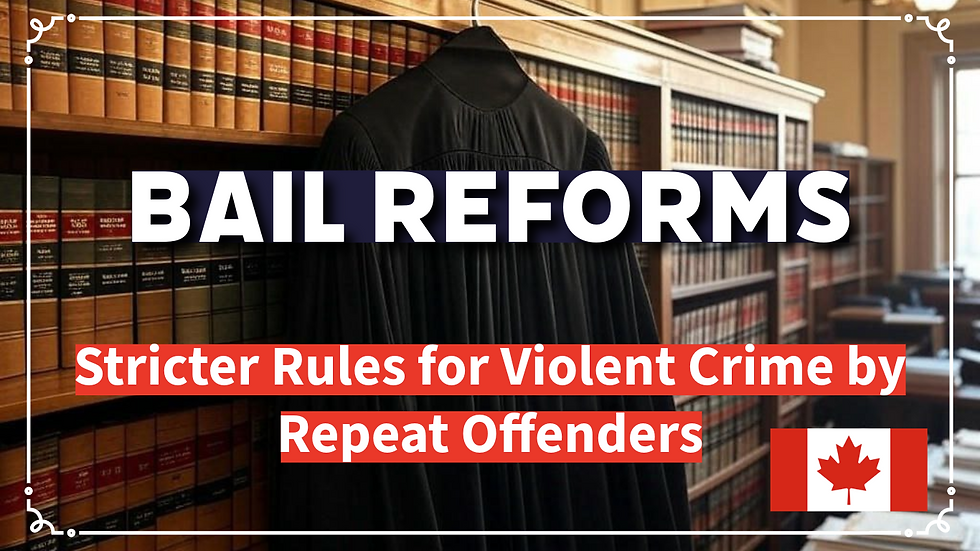Texas Bans Cellphones in Schools: House Bill 1481 Now Law
- M.R Mishra

- Aug 3
- 3 min read
In a move set to reshape student life across Texas, House Bill 1481 has officially passed into law, instituting a statewide ban on the use of personal communication devices by students during school hours. Signed by Governor Greg Abbott on June 20, 2025, the law took immediate effect, giving public school districts and open-enrollment charter schools a 90-day window to implement compliant policies ahead of the new academic year.
The legislation defines “personal communication devices” broadly, including cell phones, smartwatches, tablets, earbuds, and any other electronics capable of signaling or communicating.
These devices must remain turned off and stowed away from the first school bell to the last. Students will be expected to keep them in backpacks or designated school storage areas.
While the law provides flexibility for schools to decide how they will enforce the rules whether through full bans or structured storage policies it mandates firm district-wide compliance.
Proponents of the bill, including its sponsor Representative Caroline Fairly, argue that device-free classrooms contribute to stronger academic performance and fewer instances of cyberbullying. Citing case studies from Texas school districts that had previously implemented similar bans voluntarily, supporters claim the data shows improved classroom focus and student engagement.
However, the bill is not without exceptions. Students with medical needs or documented accommodations under a 504 plan or Individualized Education Program (IEP) may be granted exemptions. Devices can also be used if required by health or safety protocols.
Despite these allowances, the overall thrust of the law is to eliminate the daily classroom distractions that mobile devices pose.
Disciplinary measures for violations will be left to each district's discretion. These may include confiscating devices, contacting parents, or even levying administrative fees for retrieval.
Under certain circumstances, schools may dispose of unclaimed devices after 90 days, provided parents are given written notice.
While the bill has received praise from many educators and lawmakers, it has also sparked criticism from some parents who are concerned about the inability to reach their children in emergencies. To address this, several districts are working to clarify protocols and ensure that students with genuine medical or safety-related needs are not affected.
Statutory Framework & Key Requirements
HB 1481 does not impose a statewide ban but instead mandates that districts develop their own policies, which must:
Define permitted and prohibited uses of devices during school hours;
Establish disciplinary consequences for violations; and
Provide notice to students and parents, typically through the student handbook or district website.
Legal Risks & Constitutional Considerations
While districts have authority to regulate device use under their general supervisory powers (Tinker v. Des Moines, 393 U.S. 503 (1969)), overly restrictive policies may invite litigation on several grounds:
First Amendment Concerns
Courts have upheld content-neutral restrictions tied to legitimate educational interests (e.g., preventing cheating or disruption). However, blanket bans that extend to non-instructional time (e.g., lunch) or prohibit protected speech (e.g., recording for safety documentation) could face scrutiny.
Due Process & Discipline
Disciplinary actions must comply with Texas Education Code § 37.001 (student code of conduct requirements) and provide fair notice. Policies should specify whether violations will result in confiscation, parental notification, or other penalties—and avoid arbitrary enforcement.
Privacy & Parental Rights
Schools must balance device restrictions with parental rights under Texas Family Code § 151.001. Policies should allow exemptions where parents request device access for family communication.
House Bill 1481 marks a significant policy shift aimed at restoring focus in classrooms and promoting face-to-face interaction among students. As the new school year approaches, all eyes will be on how effectively districts balance the law’s intent with practical realities on the ground.






Comments